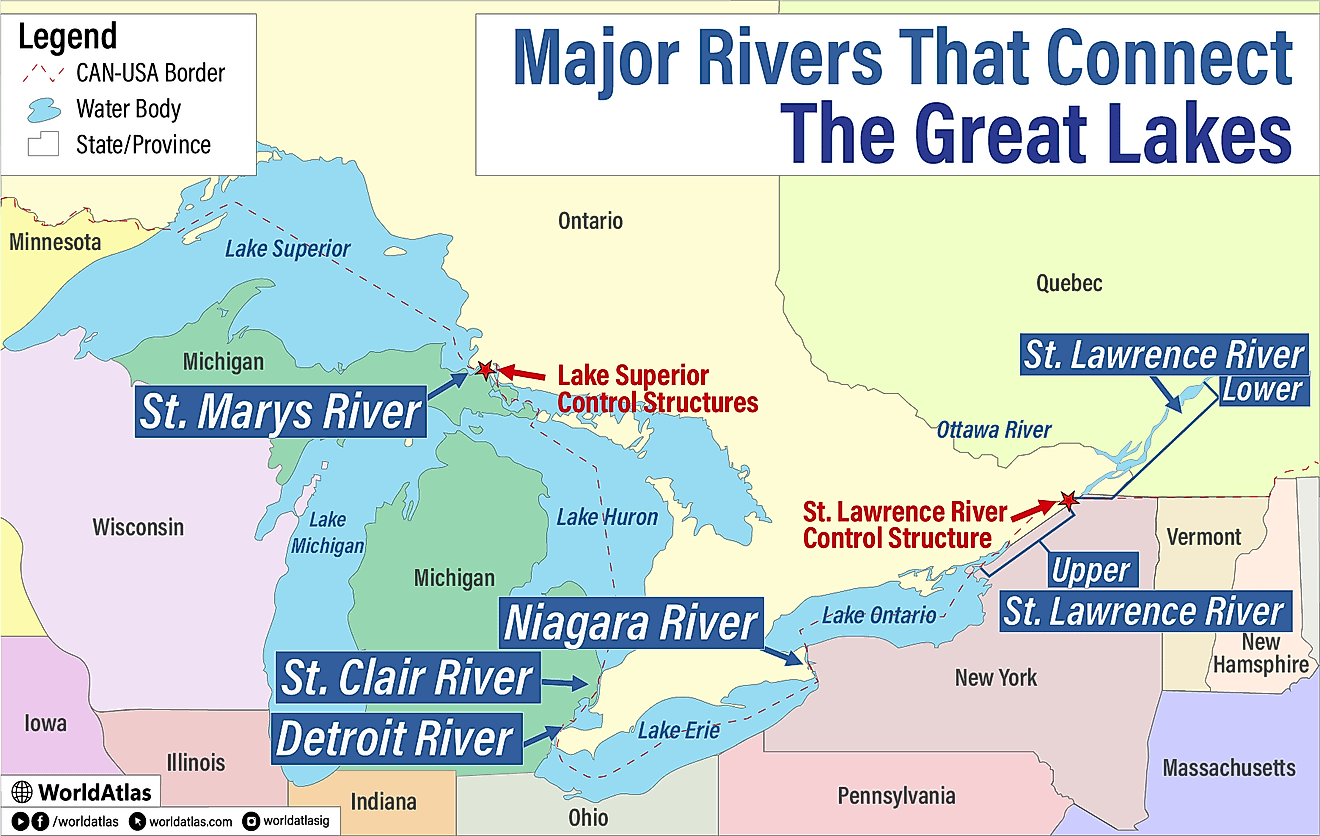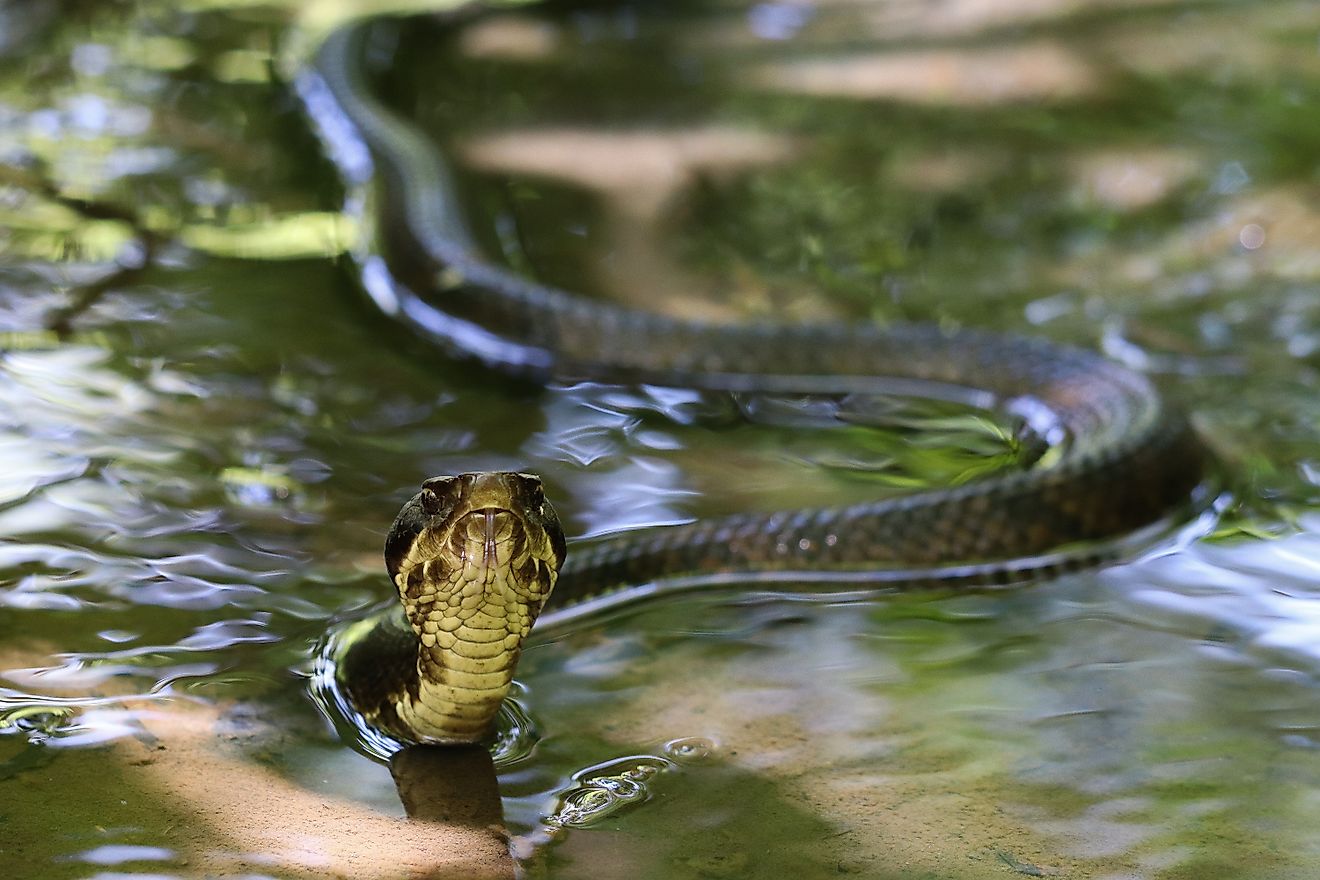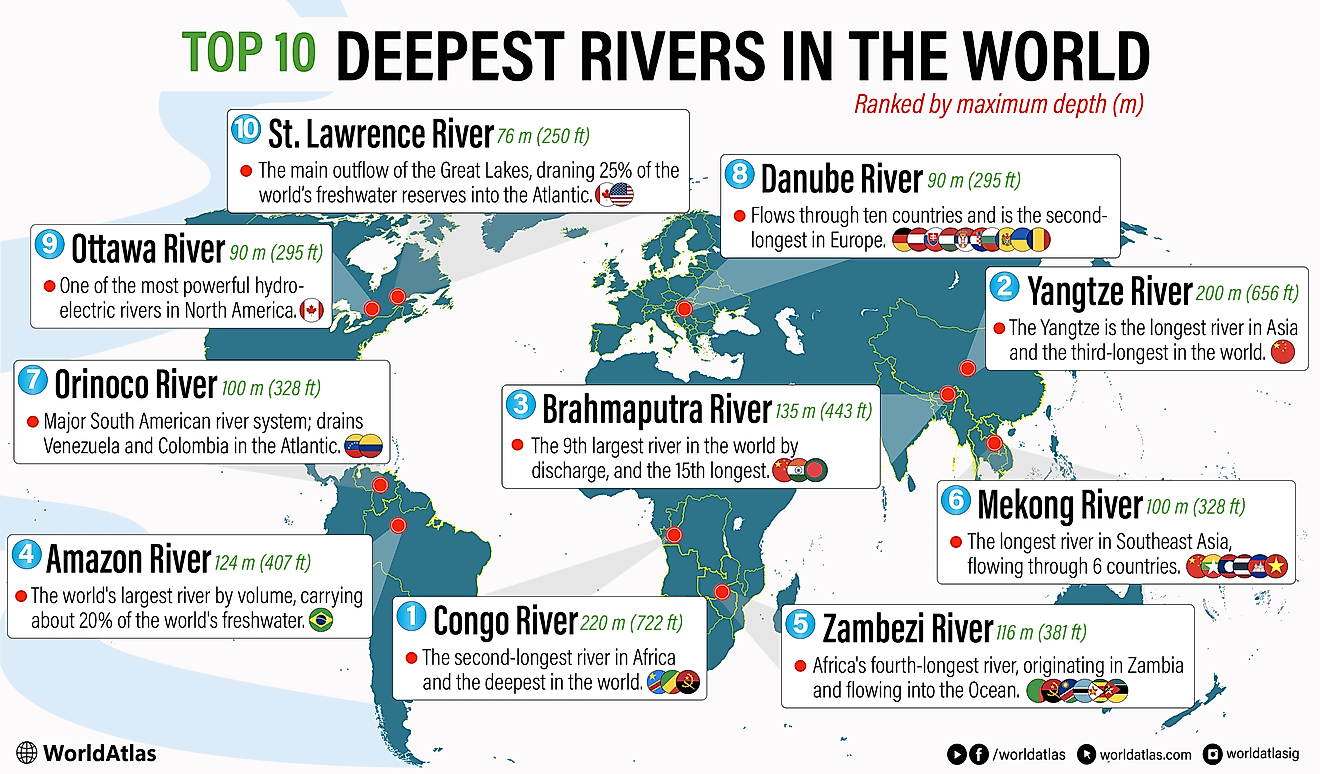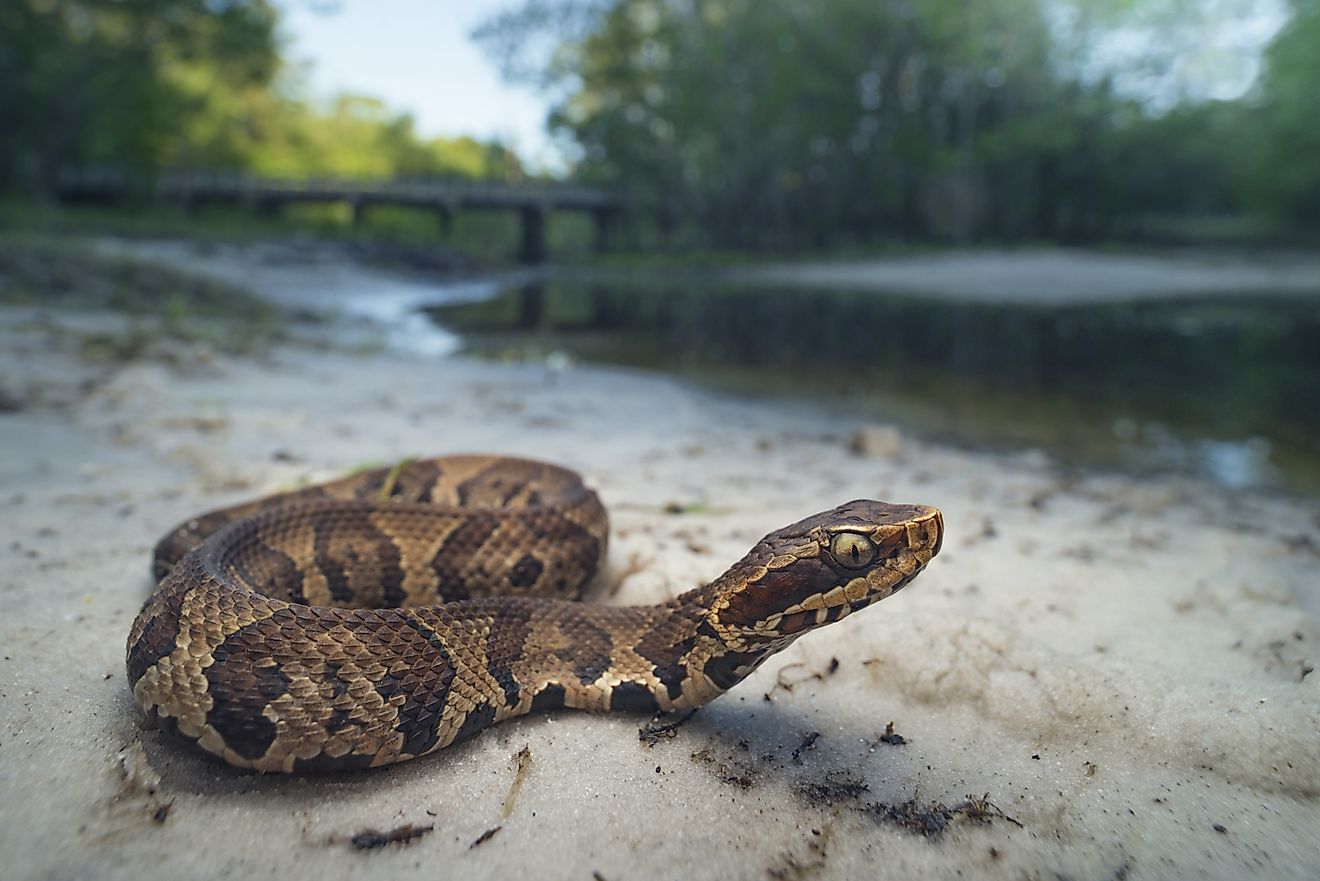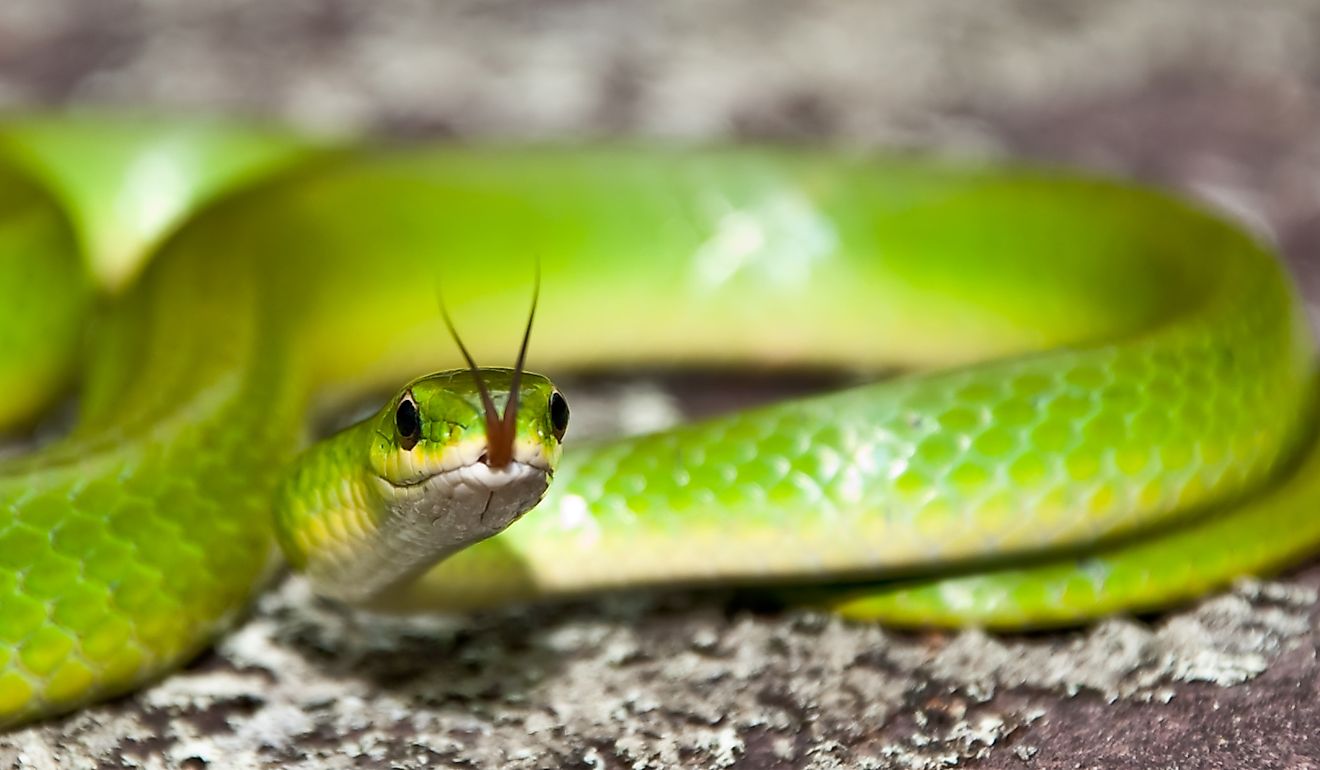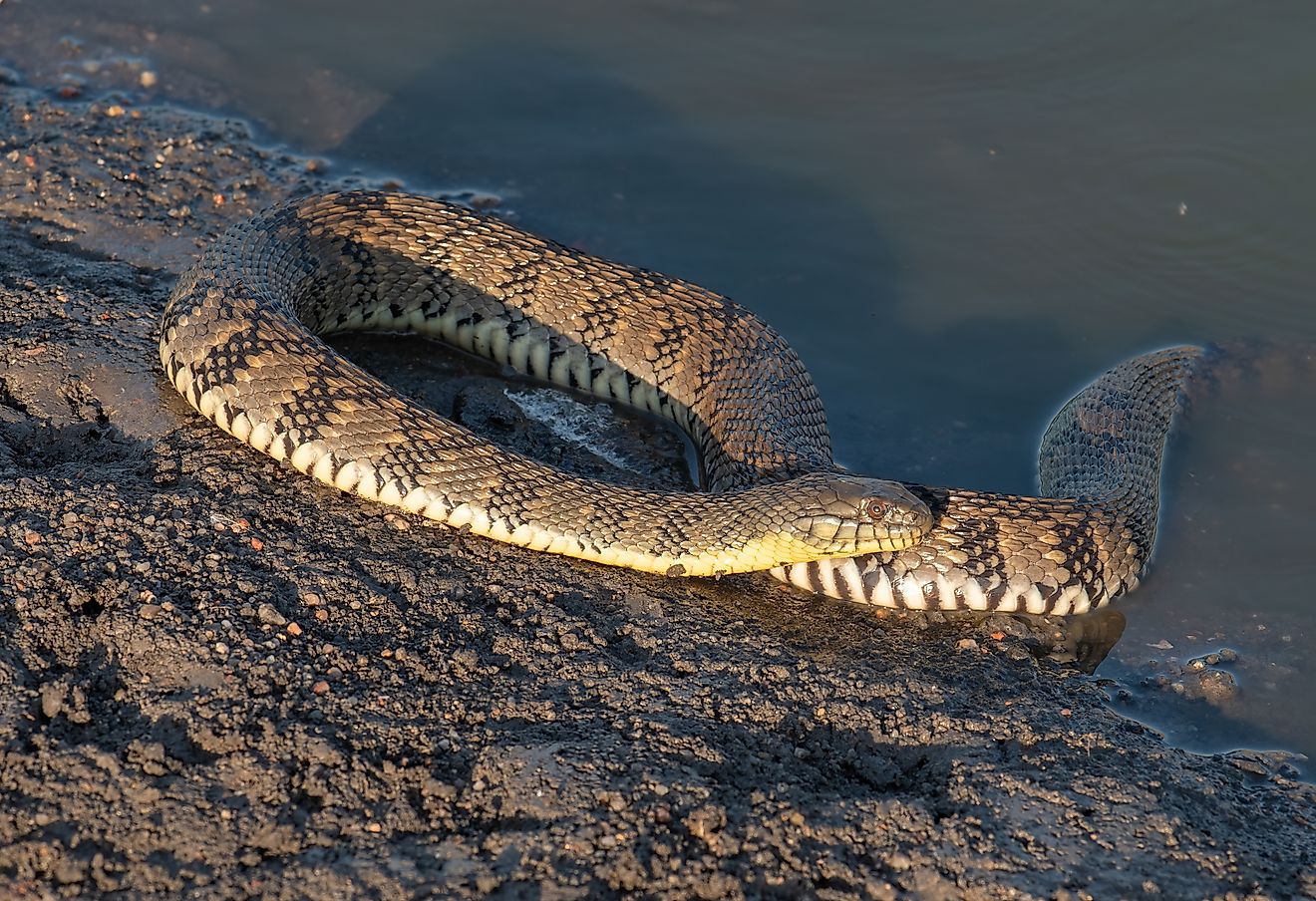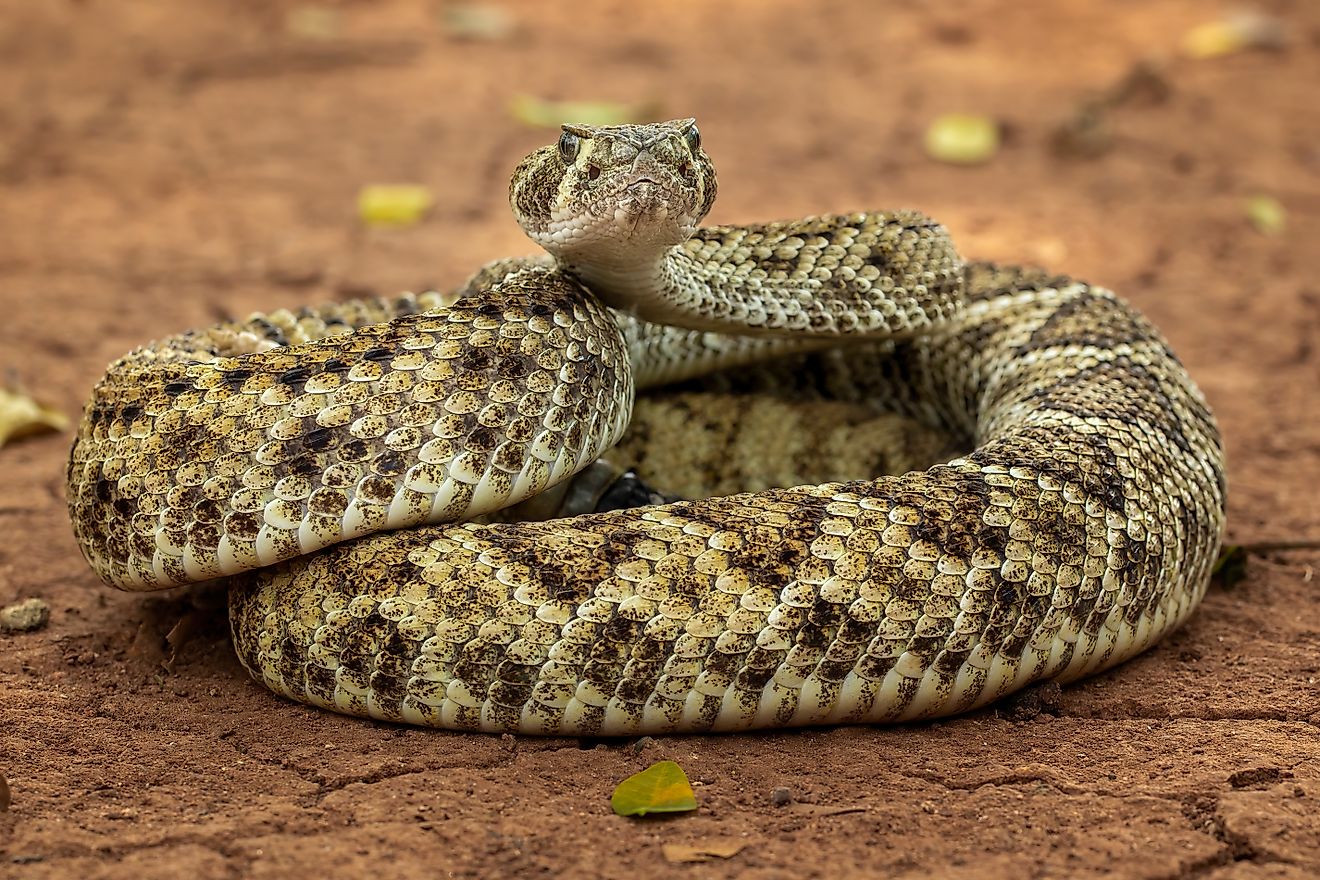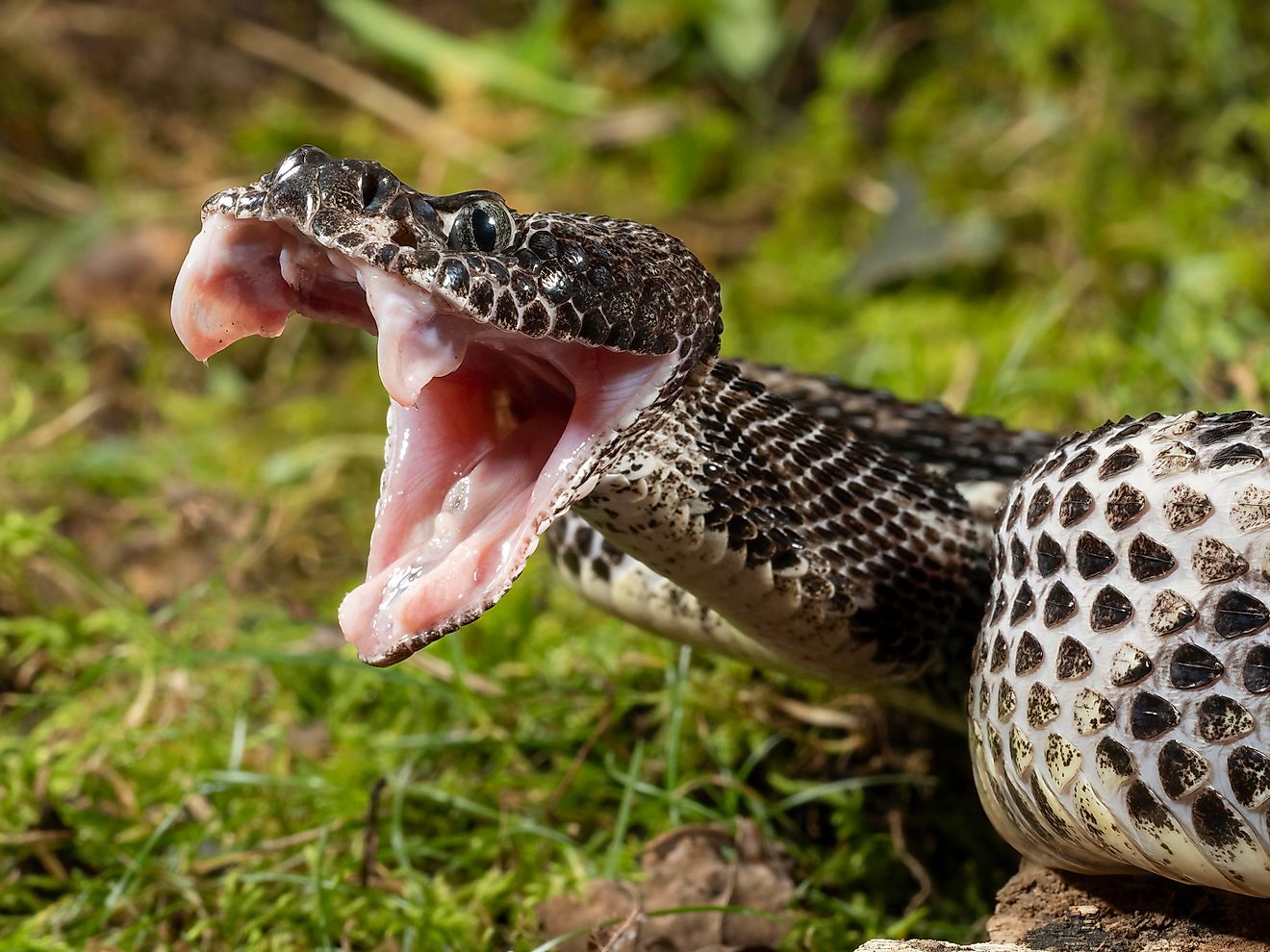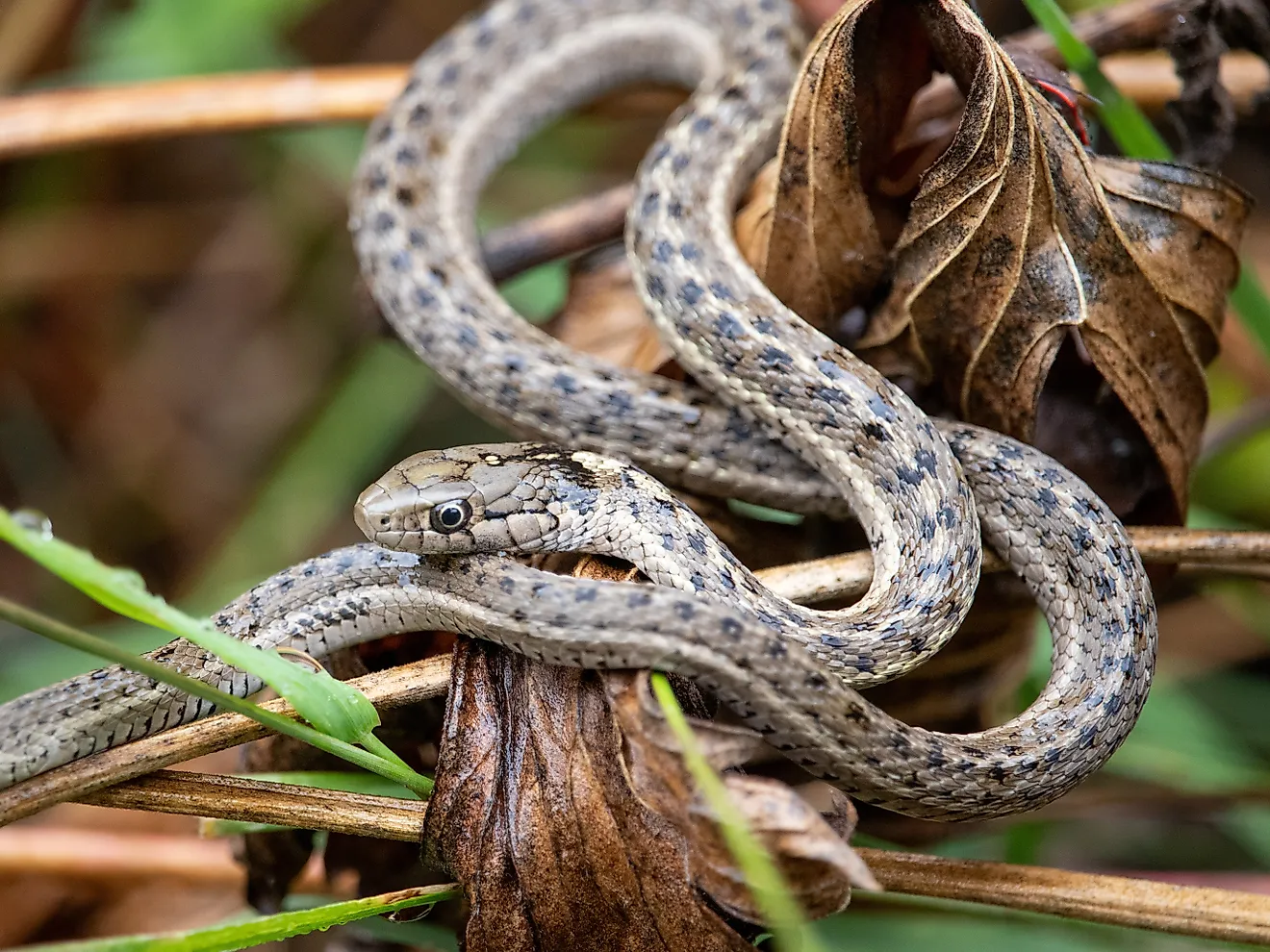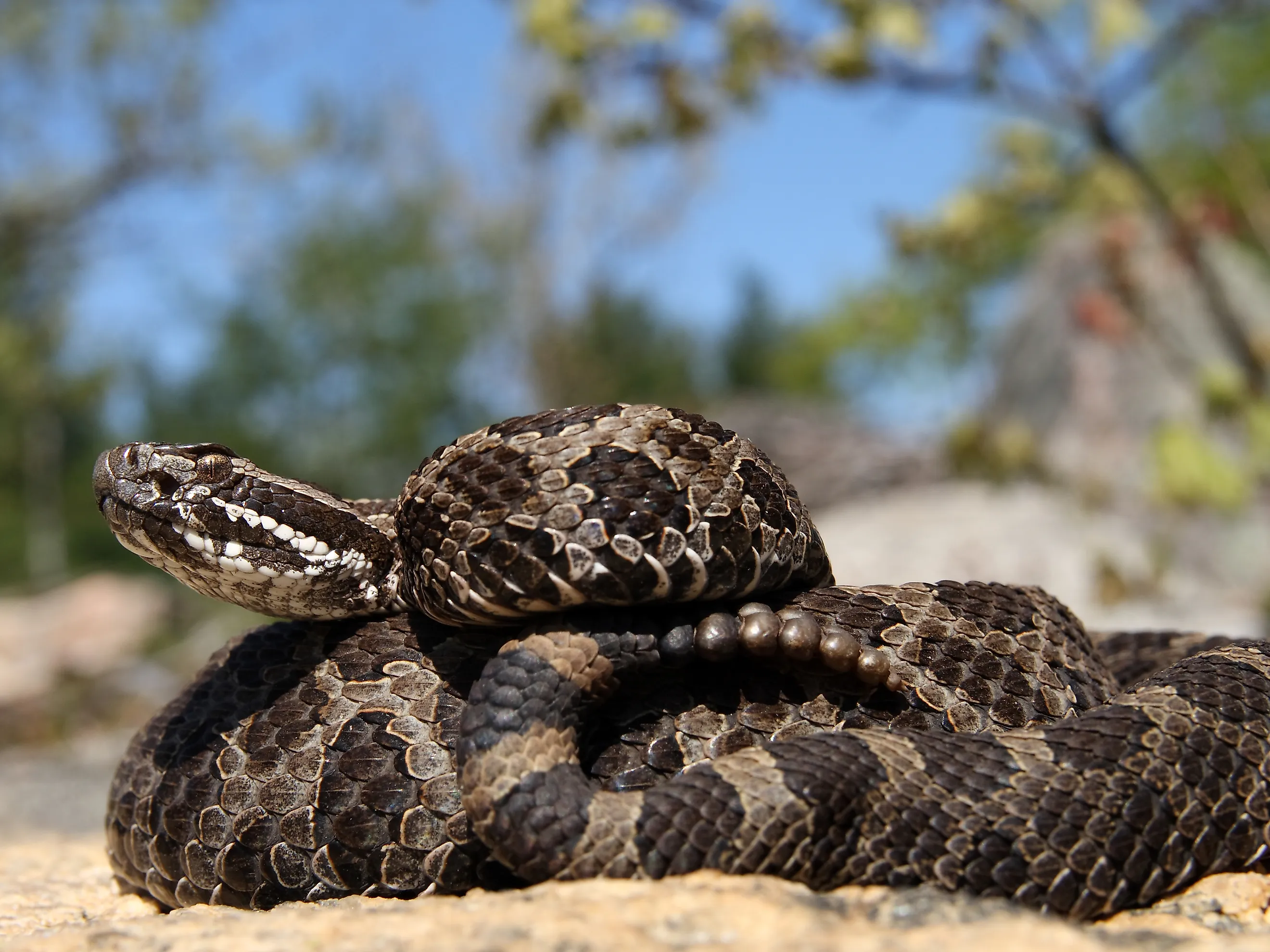
5 Most Snake-Filled Bodies Of Water In Illinois
There are over 40 snake species in Illinois, and many of them are found in aquatic or semi-aquatic environments such as ponds, lakes, rivers, marshes, and swamps. As prey for larger predators and as a means of reducing rodent and bug populations, these snakes contribute significantly to the surrounding ecosystems. Keep in mind that although most are harmless and prefer to stay away from people, they are known to make a sudden appearance in the water or along shorelines, which may frighten unsuspecting swimmers, fishers, or paddlers.
Visitors and residents in Illinois need to know that continuing to educate others about the diverse species and where to find their habitats can help minimize any fear surrounding these fierce creatures can be minimized.
Carlyle Lake
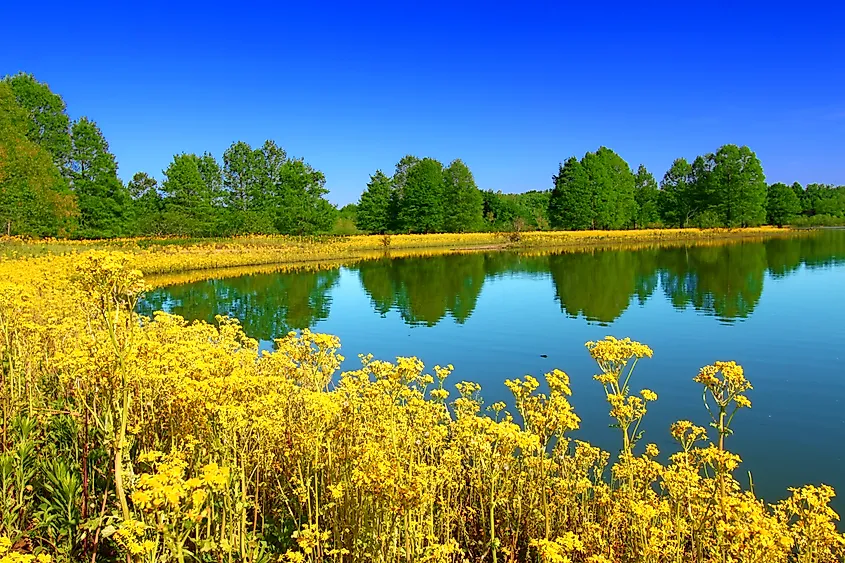
Carlyle Lake is recognized in herpetology reports as one of the few remaining locations in Illinois where the endangered eastern massasauga rattlesnake can still be found. This small, thick-bodied rattlesnake is typically gray with dark brown blotches and a segmented rattle at the tail. The U.S. Army Corps of Engineers has supported radio-tracking studies to monitor massasauga movements around the lake’s lower shoreline. While sightings of this rare, venomous species are uncommon, non-venomous snakes, particularly northern water snakes, are frequently observed in or near the lake.
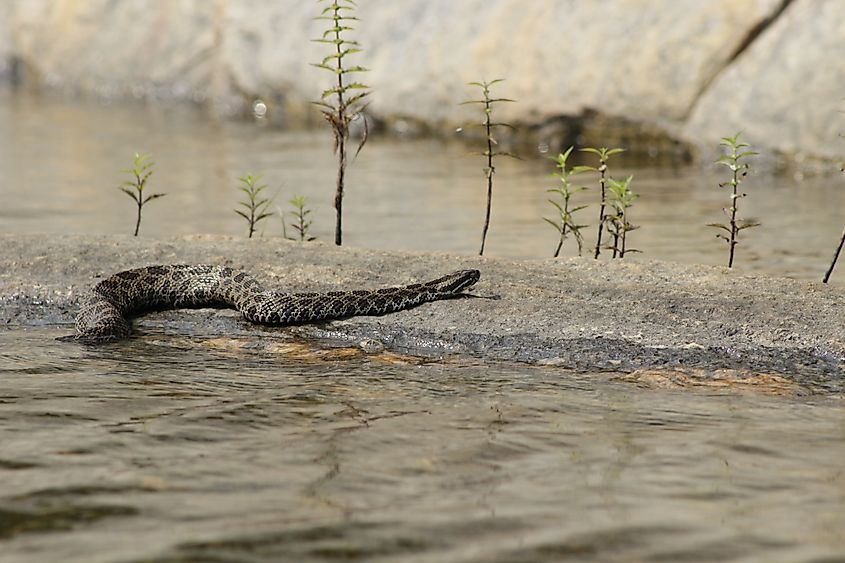
Snake enthusiasts and local residents often report multiple sightings along the shoreline and in shallow water areas. Most snake activity occurs along the water’s edge, on submerged logs, riprap, or among shoreline brush, rather than in open, deep water. The lake’s extensive shoreline, coves, and nearby wet prairies provide ideal cover and hibernation sites, like old crayfish burrows, for both massasaugas and other snake species. Due to the massasauga’s endangered status, any encounter should be approached with caution and in compliance with state and federal wildlife protections.
Cache River
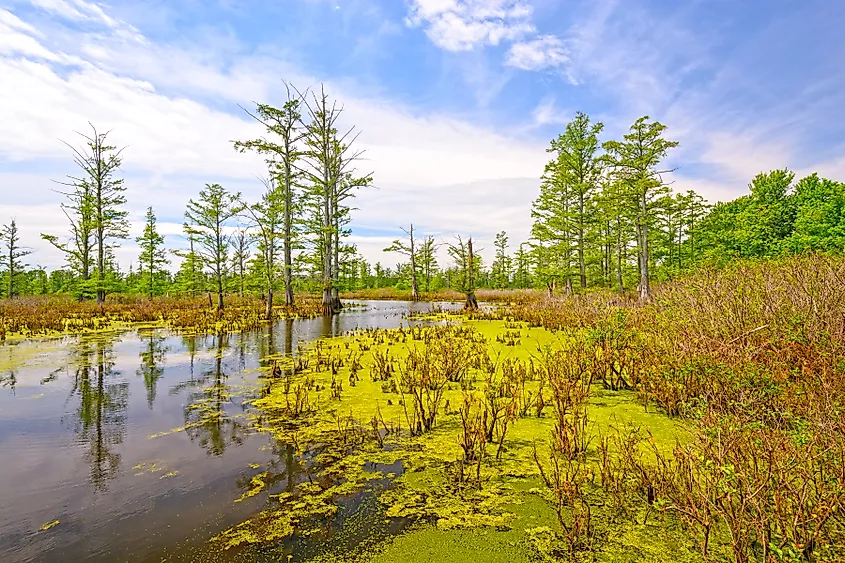
Although not technically classified as a lake, the swamp forests, wetlands, and lakes of the Cache River watershed are an extraordinary place for a snake to live. Similar to lake margins in terms of woody debris, submerged structures, and thick aquatic flora, these shallow, slow-moving waters are fitting for aquatic and semi-aquatic snakes. Among the poisonous species in the area are the timber, cottonmouth, and copperhead rattlesnakes, according to the Illinois Department of Natural Resources.
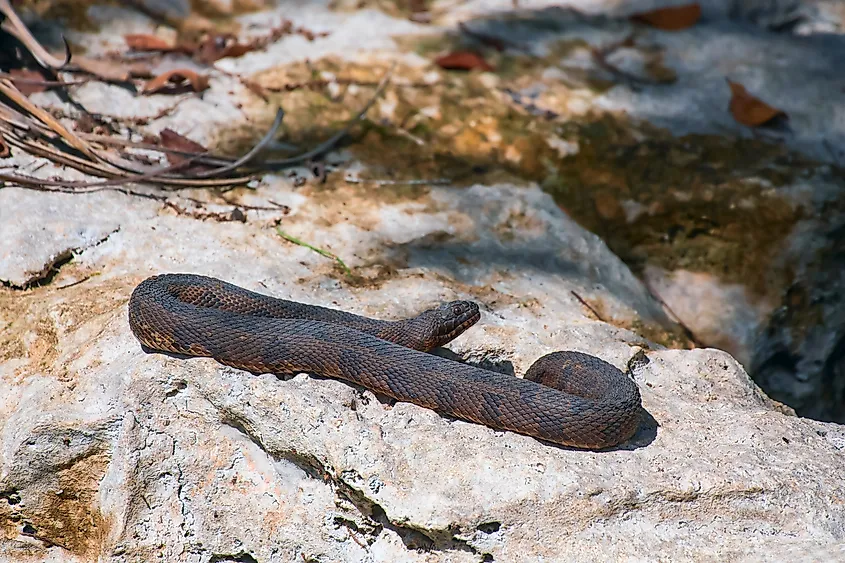
The southern watersnake, which is particularly common here, likes to appear around cypress swamps, oxbows, and drainage ditches. The Ramsar Convention has named the Cache River system a Wetland of International Importance, and it continues to be an essential home for wetland creatures, including a diverse range of reptile species.
Lake Shelbyville
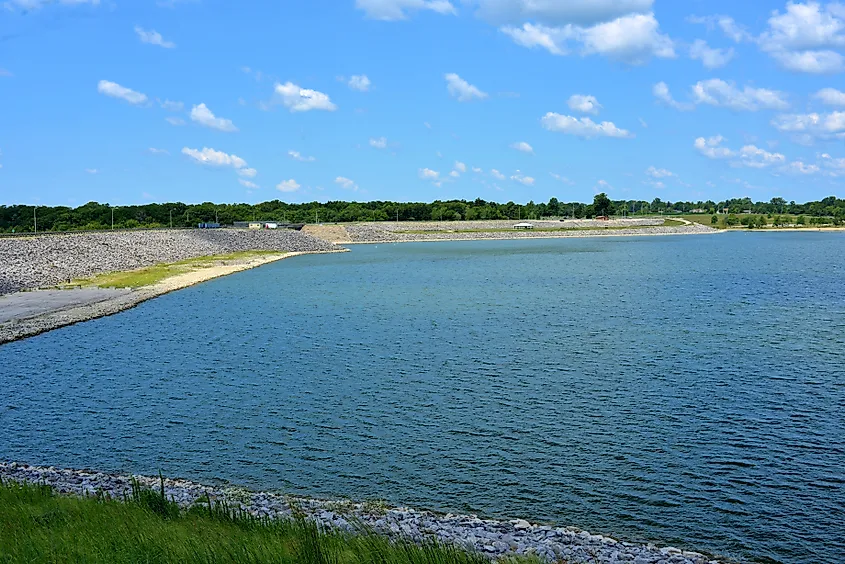
The Shelbyville State Fish & Wildlife Area, bordering Lake Shelbyville, was formed by damming the Kaskaskia River and has a variety of wetlands, scrub, and forest edges, ideal for a number of snake species. Not to mention, the lake's numerous coves, shallow margins, and wetland fringes provide ample cover, while the surrounding uplands and forested areas offer connectivity for snake movement and habitat use.
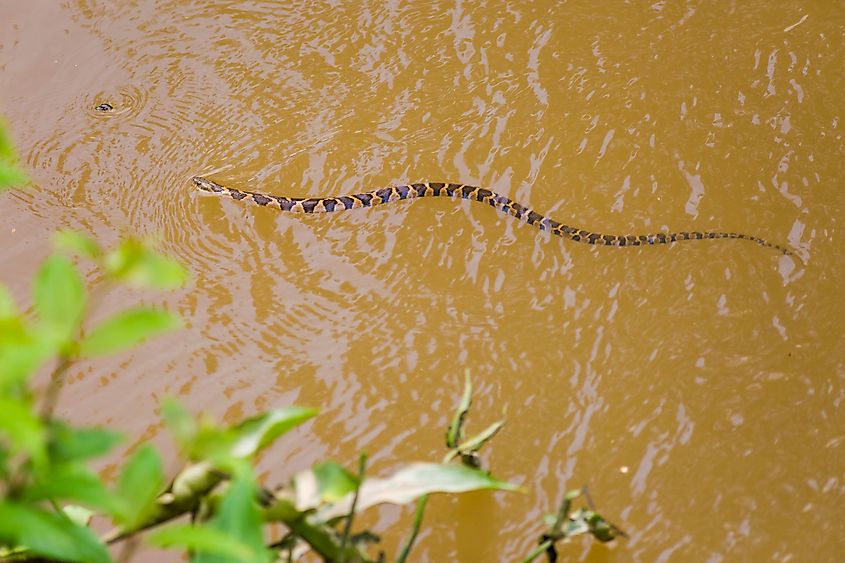
Northern water snakes, one of Illinois’ most common aquatic snakes, are frequently reported in the area. Although rare, some reports suggest that eastern massasaugas may occasionally range near upland trails or lake edges.
Rend Lake
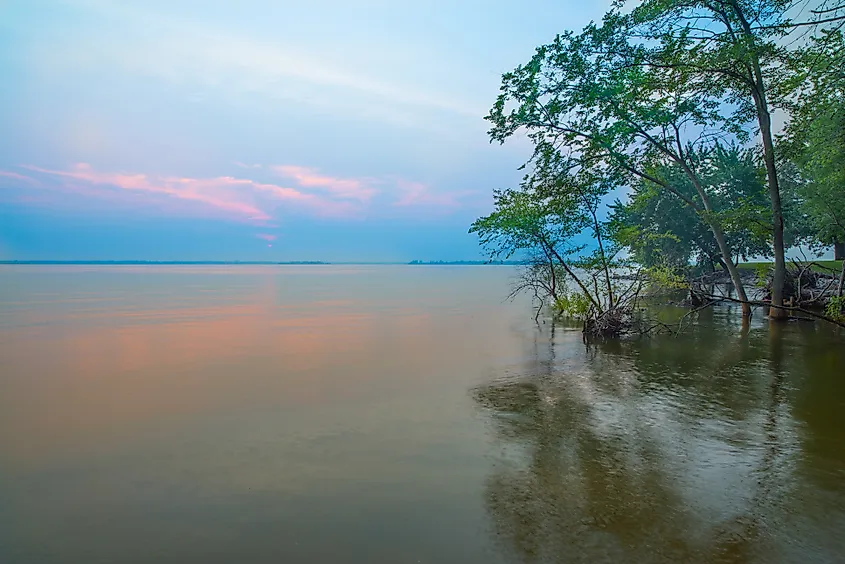
There are some snakes in Illinois around the shore, backwaters, and coves of Rend Lake, a huge reservoir about 18,900 acres in size. Locals have frequently reported sightings of northern water snakes and eastern ribbon snakes, especially near wooded edges where land and water meet.
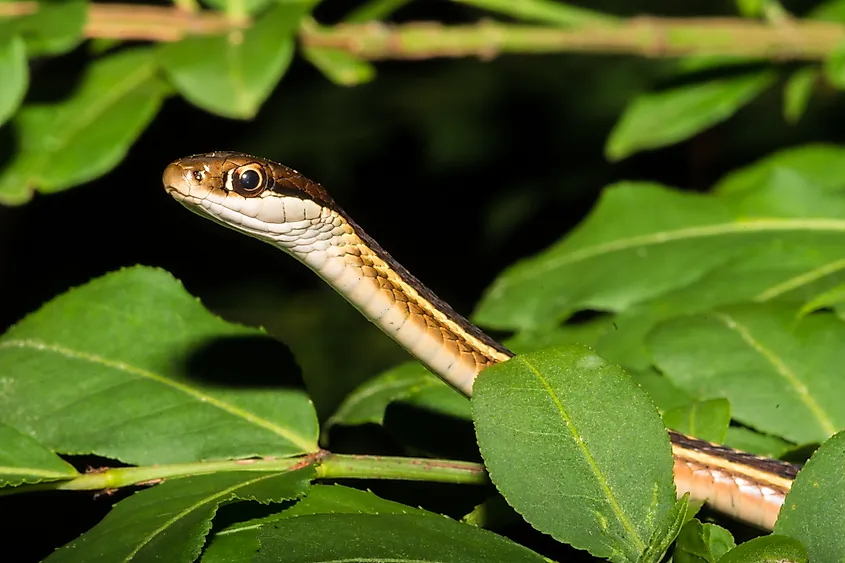
The lake’s sloping banks, abundant vegetation, and abundant cover, such as brush, logs, and submerged structures, help snakes walk, feed, and regulate their body temperature. These transitional zones between water and forested uplands make Rend Lake a favorable environment for snake activity throughout the warmer months.
Clinton Lake
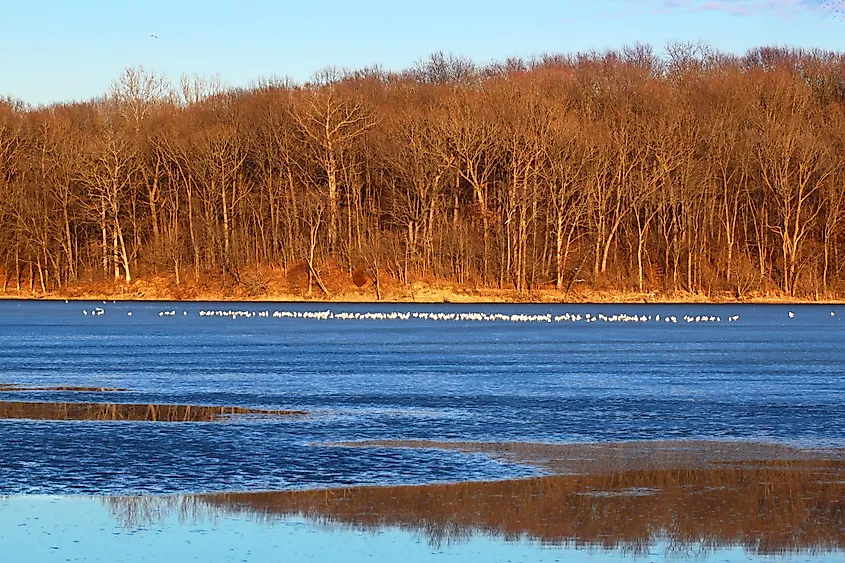
Often mentioned in public reptile sightings, Clinton Lake's rocky outcrops, brushy borders, and variety of natural and managed shoreline habitats are good places to see eastern milk snakes and common garter snakes. Located in central Illinois, the lake lies within a region where non-venomous snakes are common and ecologically well-established.
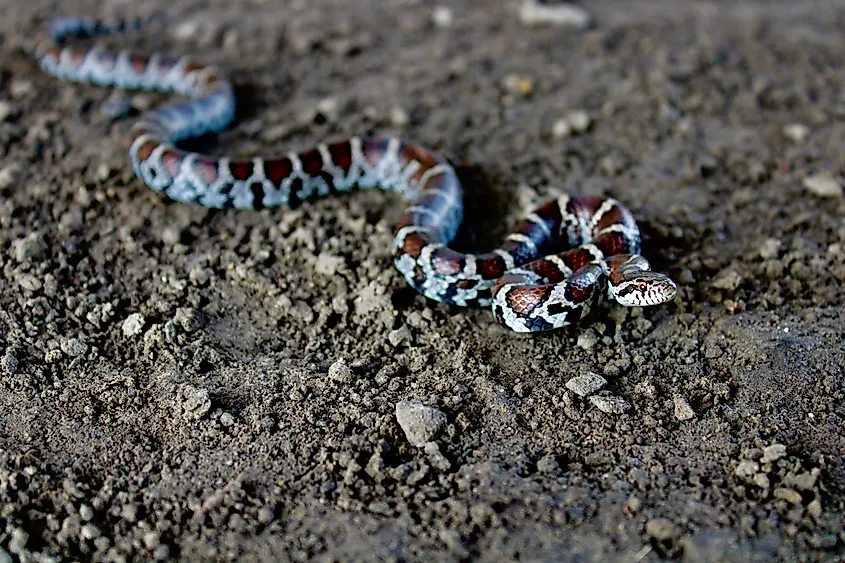
One of these is the common watersnake (Nerodia sipedon), which is found in the coves and shallow edges of lakes and can be found in a variety of aquatic habitats, such as lakes, ponds, marshes, and slow-moving streams. Eastern milk snakes (Lampropeltis triangulum), also non-venomous, are typically associated with rocky, wooded, and water-adjacent habitats, making the lake’s banks and outcroppings plausible zones for sightings.
From massive reservoirs like Carlyle Lake and Lake Shelbyville to biologically rich systems like the Cache River, these waters support a surprising variety of snakes, most of them non-venomous and ecologically important. Whether you're kayaking through swampy channels or fishing off a rocky shoreline, you might just spot a northern water snake gliding by or a garter snake nearby.
Encounters with venomous species are rare and mostly limited to the far southern part of the state, but it’s always smart to stay aware of your surroundings. In most cases, snakes are more interested in avoiding you than engaging, and many play critical roles in maintaining healthy ecosystems by keeping pest populations in check.
Therefore, keep in mind that you are not alone when you visit one of the snake-infested lakes in Illinois; this indicates that the ecosystem is flourishing.
